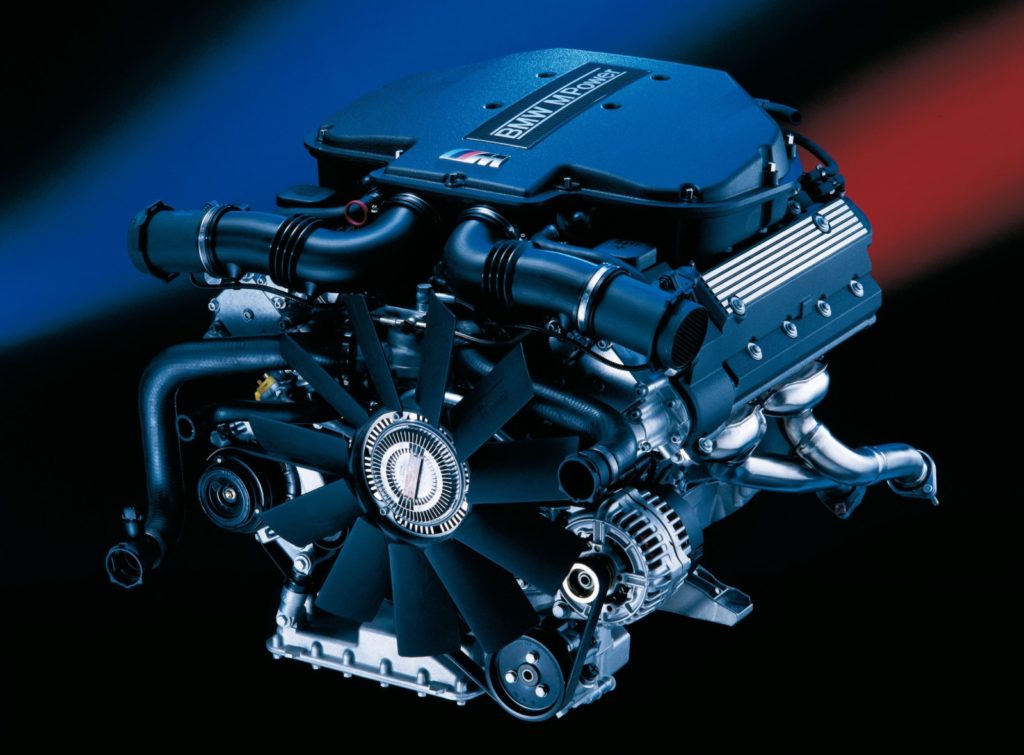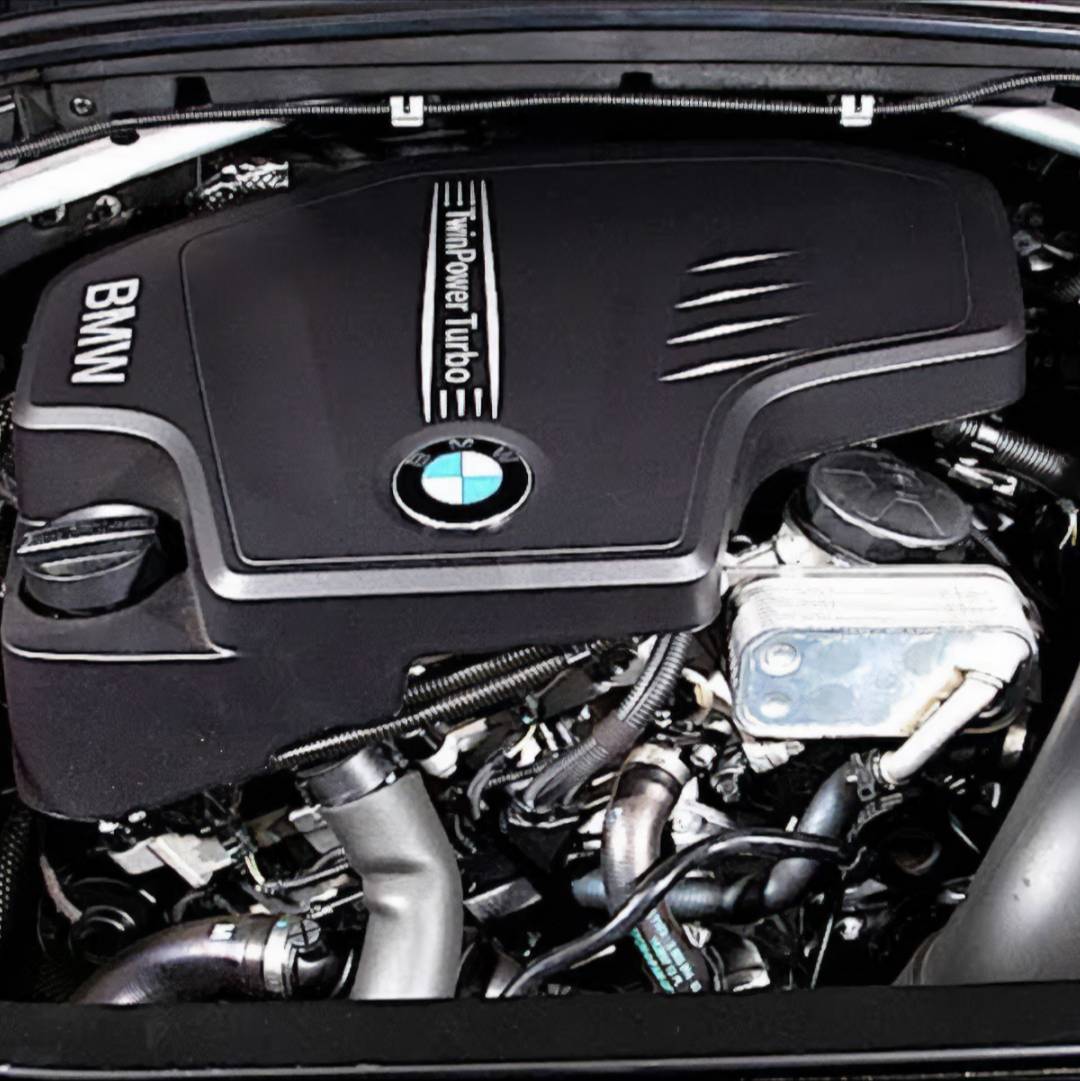Exactly how to Keep Your BMW Engine for Ideal Efficiency and Long Life
Exactly how to Keep Your BMW Engine for Ideal Efficiency and Long Life
Blog Article
Exploring the Evolution of Combustion Engines in Modern Transportation Solutions
As we navigate the landscape of modern transport, the development of combustion engines stands as a testimony to human ingenuity and engineering expertise. The interplay of history, modern technology, and environmental concerns in forming the trajectory of combustion engines develops a story that is both compelling and informative.
Early Beginnings of Combustion Engines
How did the principle of combustion engines initial emerge in the very early stages of transportation advancement? When the concepts of internal burning were first discovered, the origins of burning engines can be mapped back to the 17th century. In 1673, Christian Huygens conceived a standard interior burning engine that utilized gunpowder to generate power. It wasn't till the late 19th century that useful applications of burning engines in transportation began to arise.
The innovation moment included the development of the first successful gasoline-powered engine by Karl Benz in 1885 - bmw engine. This engine led the way for the development of the contemporary car, revolutionizing transportation systems worldwide. Succeeding innovations by Nikolaus Otto and Gottlieb Daimler even more fine-tuned burning engine modern technology, resulting in the automation of cars and the quick expansion of the transportation market
These very early burning engines were identified by their simpleness and performance, laying the structure for the facility and effective engines made use of in modern-day transport systems. The development of burning engines has contributed in shaping the method we take a trip and move goods, noting a significant landmark in the background of transportation development.
Transition to Internal Burning Technology
The change to inner burning technology marked a crucial change in the development of transportation systems. This change started in the late 19th century, with innovators like Nikolaus Otto and Gottlieb Daimler developing the first effective interior combustion engines. These engines changed transportation by providing a more effective and effective alternative to vapor engines and electrical motors.
One of the vital benefits of internal burning engines was their ability to be reduced to suit vehicles, bring about the advancement of automobiles and bikes. This change from bulky, stationary engines to compact, mobile ones led the method for the modern-day transportation systems we see today.
The change to interior burning innovation also spurred developments in gas technology, bring about the advancement of fuel and diesel as primary gas sources for automobiles. This change not only made transport much more accessible to the masses however also laid the foundation for the oil and gas sector to become important to international economic climates.
Influence of Combustion Engines on Transportation
The fostering of burning engines in transportation systems catalyzed an extensive change in the efficiency and speed of international mobility. Combustion engines reinvented transport by giving a flexible and dependable source of power for numerous cars, including autos, ships, vehicles, and aircrafts. This advancement dramatically enhanced the capacity for items and individuals to conform cross countries in shorter amount of time, bring about enhanced connectivity between areas and nations.
Moreover, the widespread use of burning engines has had a substantial effect on financial advancement. The capability to transport goods efficiently has actually spurred trade and commerce, enabling services to increase their markets and get to customers worldwide. This has helped with economic growth and globalization, as products can currently be transferred faster and in larger amounts than ever.
However, the environmental influence of burning engines can not be forgotten. The burning of nonrenewable fuel sources has caused air contamination and greenhouse gas discharges, adding to environment modification and posturing wellness dangers to populations. bmw engine. Consequently, there is a growing emphasis on establishing different propulsion modern technologies to alleviate these unfavorable impacts and develop an extra lasting future for transport
Technologies in Combustion Engine Layout
One remarkable innovation is the growth of turbocharged engines, which use exhaust gases to drive a generator that compresses incoming air, allowing for more gas to be scorched, resulting in boosted power output without a considerable increase in engine dimension. Variable valve timing systems have actually additionally changed engine layout by optimizing air flow at different engine speeds, improving both power and effectiveness. These innovations jointly contribute to the continuous renovation of combustion engines in modern transport systems.
Future Patterns in Combustion Engine Advancement
With innovation advancements driving continuous technology, the future of page burning engine advancement is positioned to transform transport systems globally. One of the key trends in burning engine development is the push in the direction of better efficiency and reduced emissions. Manufacturers are investing greatly in research study and development to improve engine efficiency while fulfilling rigorous environmental laws. This includes the assimilation of sophisticated fuel shot systems, boosted turbocharging approaches, and the use of lightweight materials to enhance fuel consumption and minimize carbon exhausts.
One more famous fad is the fostering of hybrid innovations in combustion engines. Crossbreed engines incorporate conventional combustion modern technology with electric power, providing improved fuel effectiveness and lower exhausts. As the vehicle market changes towards electrification, hybrid combustion engines are viewed as a transitional option that bridges the space in between conventional automobiles and fully electric ones.
Moreover, the integration of smart innovations, such as synthetic intelligence and information analytics, is expected to play a considerable function in the future of burning engine advancement. These innovations can enhance engine efficiency in real-time, bring about a lot more effective combustion processes and improved total automobile performance. Embracing these future patterns will certainly not only drive innovation in burning engine development but also add to a much more eco pleasant and lasting transportation ecological community.

Conclusion
Finally, the evolution of combustion engines in contemporary transport systems has actually been marked by considerable innovations in modern technology and layout. From the early beginnings of combustion engines to the transition to internal burning modern technology, these engines have actually had an extensive influence on transport. Advancements in burning engine design continue to drive progression in this area, with directory future fads concentrating on further boosting efficiency and decreasing discharges. The future of combustion engines in transport looks encouraging as r & d efforts remain to push borders.
The roots of combustion engines can be mapped back to the 17th century when the concepts of inner burning were initial explored. These engines transformed transport by supplying resource an extra effective and effective choice to vapor engines and electrical motors.

Report this page